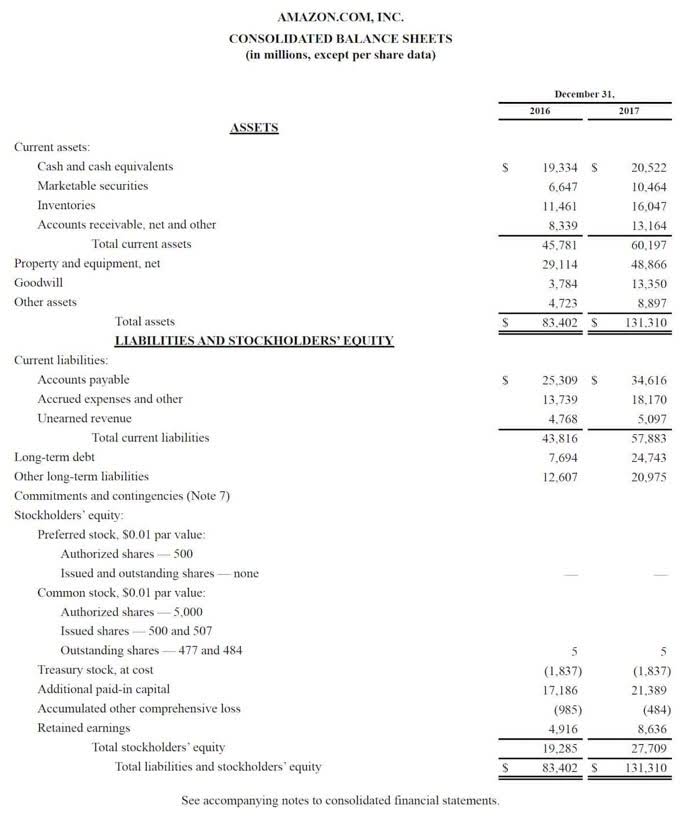
To illustrate these points, consider a company that has been profitable for several years and has built up substantial retained earnings. If this company decides to invest heavily in new equipment, the cash account decreases while fixed assets increase, leaving retained earnings unchanged. Conversely, if a company with negative retained earnings turns a profit, it can offset the deficit without retained earnings statement necessarily changing its cash position significantly.
- Regularly assess your retained earnings in the context of your business objectives and shareholder needs, perhaps with the help of financial advisors.
- This financial metric is essential for business owners to understand their company’s growth and reinvestments.
- Retained earnings refer to the money your company keeps for itself after paying out dividends to shareholders.
- You can find the dividend payout ratio by subtracting the retention ratio percentage from 100%.
- Common accounting periods include monthly, quarterly, and yearly.
- Revenue, net profit, and retained earnings are terms frequently used on a company’s balance sheet, but it’s important to understand their differences.
How to Calculate Retained Earnings: Formula and Example

New companies often have negative retained earnings as they invest heavily in growth. Usually at the end of each fiscal period—monthly, quarterly, or annually. New or unprofitable companies may have zero or negative retained earnings. Retained earnings can be found on the right side of a balance sheet, alongside liabilities Budgeting for Nonprofits and shareholder equity.
Unit 4: Completion of the Accounting Cycle

Retained earnings represent the cumulative amount of net income that a company retains rather than distributing to its shareholders as dividends. This financial metric is crucial in accounting as it reflects the company’s ability to reinvest in its operations, pay off debt, or save for future growth opportunities. By tracking retained earnings, businesses can gauge their long-term financial health and sustainability. Retained earnings represent the cumulative amount of net income that a company has retained, rather than distributed to shareholders as dividends. This financial metric is crucial for understanding how a company reinvests its profits back into the business for growth and development. Tracking retained earnings involves monitoring the changes in this account over time, which can provide insights into a company’s financial health and strategic decisions.

Understanding Retained Earnings
Dividends refer to the distribution of money from the company to its shareholders. Many corporations keep their dividend policies public so that interested investors can understand how shareholders get paid. Increased business expenses reduce net income, thereby decreasing retained earnings.
Sandra’s areas of focus include advising real estate agents, brokers, and investors. She supports small businesses in growing to their first six figures and beyond. Alongside her payroll accounting practice, Sandra is a Money and Life Coach for women in business.
The Equity section features retained earnings which show the cumulative profits that business management has reinvested back into the company rather than paying out to shareholders. The foundation for both growth and operation stability derives from these key financial reserves. The amount of net income is used for reinvestment instead of giving it out to shareholders as dividends, it’s known as retained earnings.
- The beginning retained earnings are the starting point for the new period.
- Title your document “Retained Earnings Statement” and include the company name and accounting period.
- In conclusion, retained earnings are influenced by multiple factors within a business, including operational decisions and the company’s growth potential.
- If you are a new business and do not have previous retained earnings, you will enter $0.
- Accurate reporting of retained earnings is vital for investors and analysts who assess the company’s growth potential and financial stability.
The money that’s left after you’ve paid your shareholders is held onto (or “retained”) by the business. Revenue is the income a company generates from business operations during a period, while retained earnings are the accumulated net income that was not paid out as dividends to shareholders to date. If a company decides not to pay dividends, and instead keeps all of its profits for internal use, then the retained earnings balance increases by the full amount of net income, also called net profit. Retained earnings are income that a company has generated during its history and kept rather than paying dividends. This balance is generated using a combination of financial statements, which we’ll review later.
